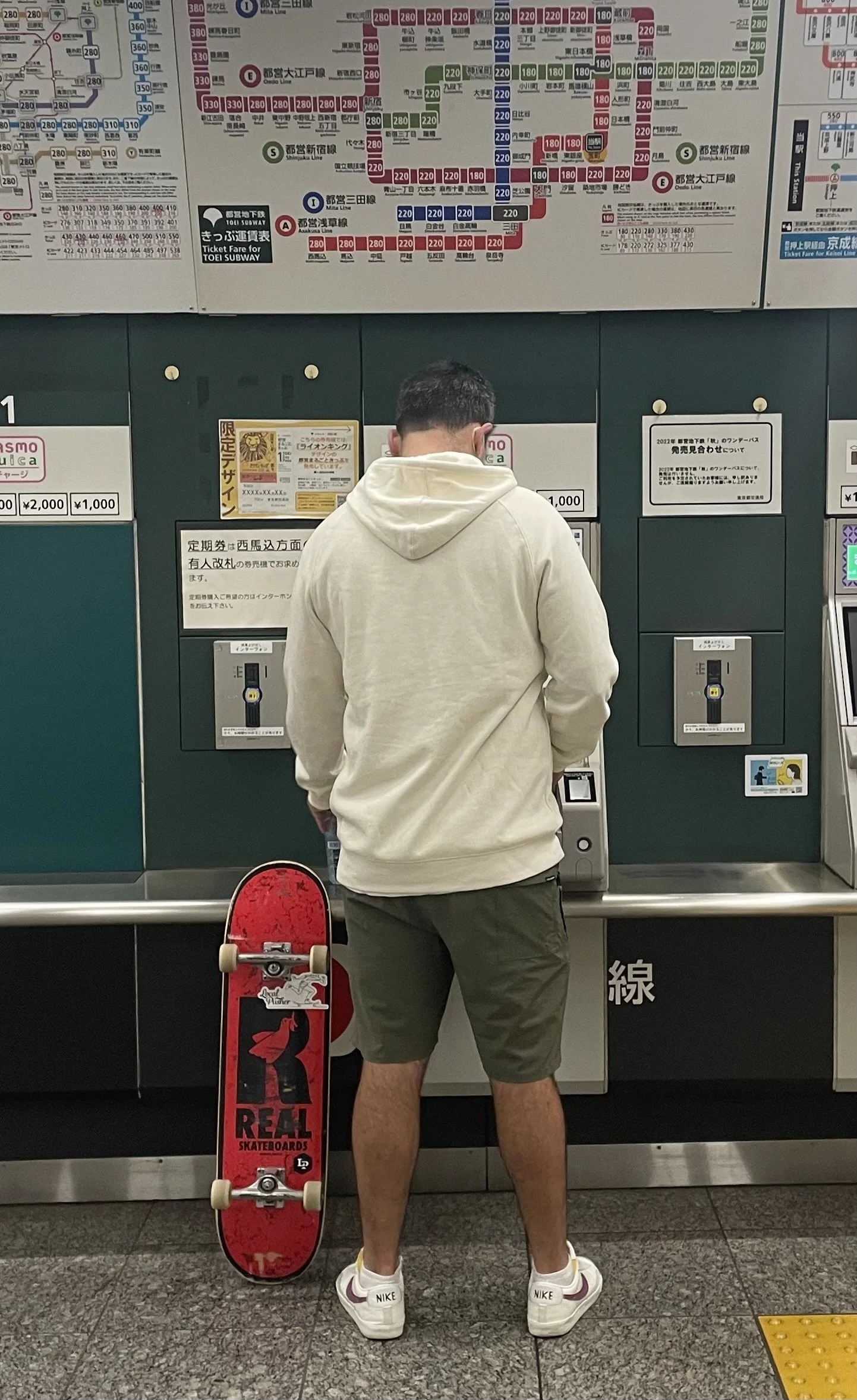Orientation
From Tokyo to Kyoto
I’ll try to give you a basic orientation, Japan is a different country but not too difficult to navigate and surprisingly user friendly in many ways. With a little pre-planning, a well thought-out itinerary and some geographical and cultural knowledge you should be able to make the most of your visit and enjoy some unique experiences and create amazing memories.
It’s easy to be intimidated, different language, different sounds, a whole new environment. But fear not, an adventure awaits regardless of the direction you choose. When you arrive in Japan you are likely to land in one of three places; near Tokyo at either Narita or Haneda airport or near Osaka and Kyoto at Kansai International airport, all of which are on Honshu, the most populous of the four main Islands of Japan. Which landing point you choose may be dictated by the airline and city you are flying from or perhaps based on some previous research about the areas you want to visit while you are in Japan. The good news is regardless of where you arrive, Japan is a remarkably easy country to get around in.
From a world class fast train system in the Shinkansen (bullet trains) which link many of the major cities across the country to the equally reliable, well networked, cheaper but slower local trains and a comprehensive bus system, finding your way to where you want to go is not too difficult. With a bit of forward planning and through using free apps such as Japan Transit Planner to find prices and available connections, negotiating your travel once you arrive is relatively straight forward. Most domestic travel on the four main islands (Honshu, Hokkaido, Kyushu and Shikoku) is easily done by train or bus and unless you are traveling long distances and can find well timed domestic flights, you may find the Shinkansen is actually quicker and more convenient to get you from city to city.
There are plenty of options for travel cards such as the Suica or Passmo which you can download to your phone or get a physical card when you arrive and use it to as a touch on and off on most transport options and also to pay at many vending machines (yes, you will likely use them often, particularly in summer) and convenience stores (konbini). I generally use Suica as my travel / Konbini / cafe payment option, it is easily recharged / topped up either online or at the train station. You may also be contemplating a Japan Rail pass for your visit, this will give you travel on all JR trains (and some other services) for the 7, 14 or 21 days that it is valid. Depending on your frequency of travel, distances covered and itinerary this may or may not be a good option. It is unlikely you will be able to complete all of your travel in Japan using just a JR Pass so you will likely still need to buy paper tickets or a travel card for most subway lines in the major cities and to get the train from the airport to the JR stations where you can exchange your order for the JR Ticket. In my experience it is definitely worth investigating if a JR Pass is actually going to be worthwhile before you head to Japan.
Japan is divided up into 47 prefectures, each with their own specialty foods, products and other characteristics that make each one its own unique experience. The locals of these areas are very proud of their differences and famed produce and it’s one of the reasons travel in Japan can lead you to a plethora of different experiences. With the exception of Okinawa which will require a flight, the remaining 46 prefectures will be accessible from your landing point in Japan, either a train or bus likely to take you from the airport to the main city where you can begin your adventure from.
My advice, particularly for first time travellers to Japan is to do your research on where you want to go and what you want to experience outside of the main cities and then spend your first couple of days in one of the main cities while you acclimatise to the time, food and cultural change. After using the first couple of days to get your bearings organise your travel card, set up your mobile SIM, source other items such as a JR Pass (if you purchased an exchange before your trip) you will be ready for the real adventure to begin. With the basics in place you will be ready to leave the comforts of the main cities and let your real adventure begin, and don’t worry everything doesn’t have to be perfect, sometimes that can just add to the adventure, and one of the beautiful things about Japan is, outside the main cities is where the real authentic adventures take place and they almost always work out beyond all expectations.
Who and Why?
Since the 1990’s I’ve spent time living, traveling, exploring and immersing myself in Japan and its culture. Over this time I’ve witnessed many changes, some quite subtle and some quite blatant, but the uniqueness of the country and culture and enjoyment I get from exploring it remains just as strong today experiencing it first hand as it did reading books about it as a child. I love to experience the sites, sounds, feelings, tastes and smells of the real Japan. Sometimes you can experience it in the big cities, but the recent over-tourism in Tokyo, Kyoto, Osaka and other big cities not only leaves the locals annoyed at the way their cities are being experienced but also other tourists and expats frustrated at their experiences in these areas. So for me the essence of the real Japan is most often seen by stepping out of these big cities and experiencing the smaller cities, costal retreats, rural villages and mountain trails. I’ve set up this blog to help you get a glimpse of what the real Japan is like, life outside the lights of Tokyo, or away from the ski fields of Hokkaido and Hakuba. While my interests are broad I particularly enjoy Japanese Gardens, Bonsai, Japanese food and Japanese history, so while these are probably going to be the focus of many of my posts, I will endeavour to take you beyond that and write also about many of the other things I enjoy in the real Japan. I hope you can enjoy and get a taste for this amazing place and perhaps get some ideas for your own trip to experience it, away from the usual tourists routes. If you have any questions or ideas for future posts, don’t be afraid to get in contact. Thank you for reading.


